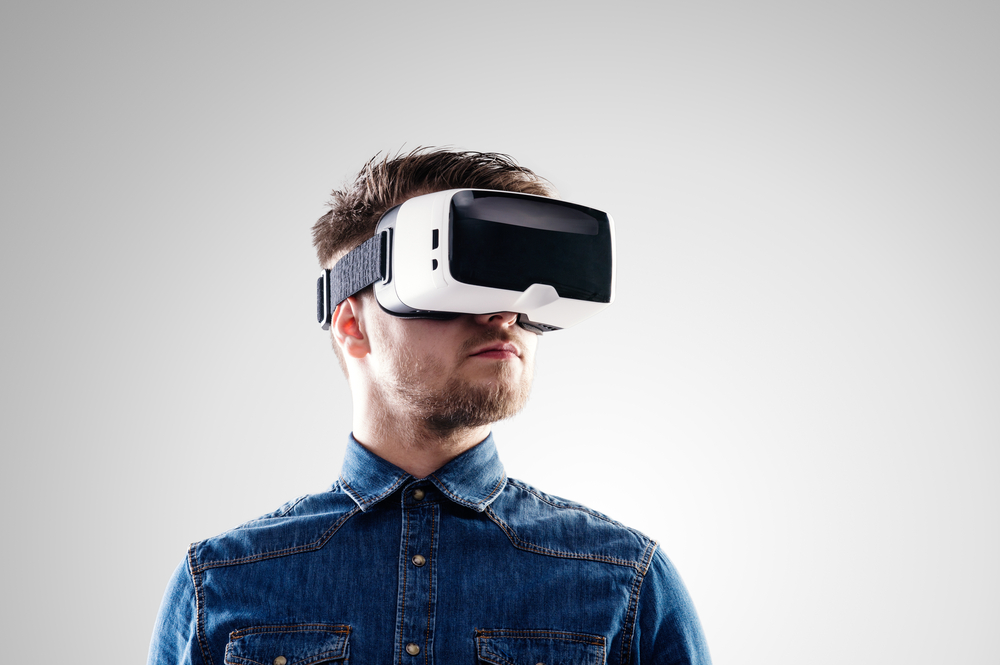VR-based Rehabilitation Offers Immediate Benefits in Gait for CP Patients

Virtual reality-based, real-time feedback can help improve gait abnormalities in people with cerebral palsy, a new study shows.
The study, “Immediate effects of immersive biofeedback on gait in children with cerebral palsy,” was published in the journal Physical Medicine and Rehabilitation.
Gait, which refers to a person’s manner of walking, is often impaired in people with neurological disorders. As it severely affects quality of life, rehabilitation is often prescribed.
One type of rehabilitation known as gait training can improve functional outcomes in those with cerebral palsy (CP). Gait training involves repetition of motor tasks that allow patients to acquire skills that improve their gait.
Gait training has also proven beneficial in restructuring pathways in the brain that are responsible for motor movement.
As gait training requires significant repetition, it can become tedious for patients. Hence, recent studies have investigated the impact of gait training using virtual reality (VR).
“VR allows the patient to experience stimulating environments, providing challenging tasks in controlled, safe settings,” researchers said.
VR also allows patients to receive multiple forms of feedback (biofeedback) on their tasks, including visual, auditory and touch feedback.
Biofeedback can help focus patients’ attention and provide feedback in real time on performance of a task, which is important in improving motor skills and critical for a gait training program to succeed.
The use of an avatar (an icon or figure representing a particular person in VR) to visualize biofeedback in rehabilitation has shown promise in improving movement of stroke patients and improving communication with therapists. However, this has not yet been investigated in cerebral palsy patients.
Therefore, researchers conducted a study to investigate the immediate response to avatar-based biofeedback on three important gait parameters: step length, knee extension, and ankle power in 22 children with CP.
Children walked on a treadmill with virtual reality environment. After conducting a baseline analysis of gait, they were challenged to improve certain aspects of it.
For purposes of the study, the children visualized themselves as an avatar, which represented movement in real time. They underwent a series of two-minute trials where they received biofeedback on their step length, knee extension, and ankle power.
Results showed that participants were able to adapt improved gait patterns as an immediate response to biofeedback. In particular, children were able to reach large increases in ankle power generation at push-off (37.7%), improvements in knee extension (7.4 degrees), and step length (12.7%).
Interestingly, researchers found that biofeedback on one parameter had an indirect influence on other aspects of gait.
The team believes that children with cerebral palsy have the capacity to improve clinically important aspects of gait using an avatar-based virtual reality system.
However, they add that “[future] studies are required to investigate if observed transient effects of biofeedback can be retained with prolonged training to test whether biofeedback-based gait training may be implemented as a therapy tool.”


